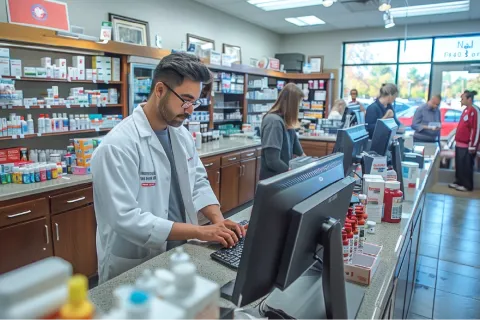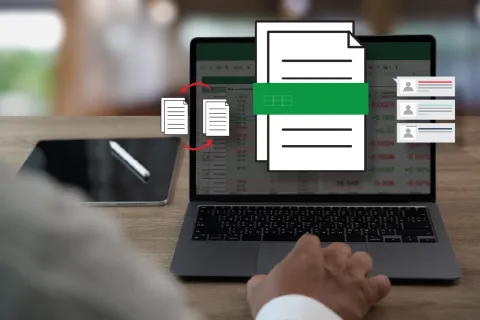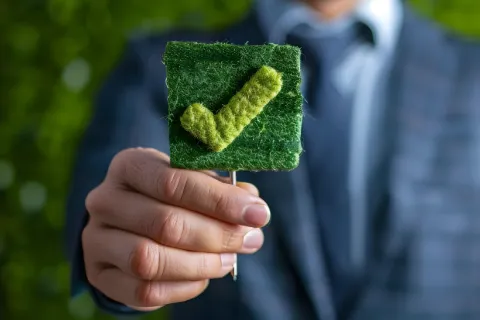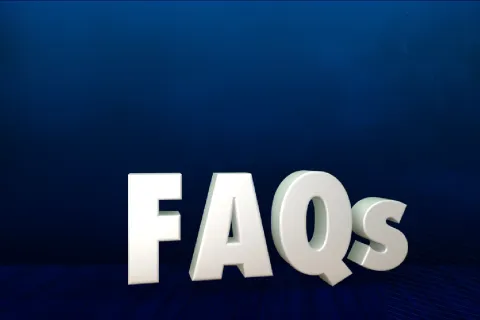
Navigating the Path to Success: Ensuring a Smooth FDA Inspection
For companies operating in industries regulated by the U.S. Food and Drug Administration (FDA), the prospect of an upcoming inspection can often be met with a mix of anticipation and apprehension. However, with meticulous preparation, a commitment to compliance and validation processes, and strategic audits, you can transform this nerve-wracking experience into an opportunity to showcase your organization's dedication to quality and regulatory standards. In this blog, we'll dive into the strategies that can help you secure a positive FDA inspection outcome by leveraging the power of compliance, audit, and validation.
1. Building a Solid Foundation of Compliance
The journey to a successful FDA inspection commences long before the inspectors set foot on your premises. It begins with fostering a culture of compliance within your organization. This means ingraining a deep understanding of regulatory Audit requirements at all levels, from the C-suite to the production floor. Here's how to lay that foundation:
- Education and Training: Regularly educate your staff about FDA regulations, guidelines, and any updates. Ensure that everyone understands the significance of their roles in upholding compliance.
- Robust Documentation: Maintain comprehensive records of your processes, procedures, and quality controls. Well-documented practices are a testament to your commitment and provides inspectors a clear picture of your compliance efforts.
2. Strategic Audits: Self-Examination for Continuous Improvement
Internal audit Regulatory Requirements are your organization's proactive self-assessment tool. They allow you to spot and address compliance gaps before they escalate. Here's how they can bolster your chances of a successful FDA inspection:
- Scheduled Audits: Conduct routine internal audits to assess your operations, documentation, and processes. This not only highlights areas that need refinement but also demonstrates your vigilance in maintaining compliance.
- Process Optimization: Use audit findings to optimize your processes. Continuous improvement showcases your commitment to meeting and exceeding regulatory expectations.
3. Validation: Ensuring Consistency and Reliability
Validation serves as the bedrock of ensuring that your systems and processes yield consistent and reliable results. Proper validation not only satisfies regulatory demands but also contributes to your overall operational excellence. Here's how to strengthen your validation processes:
- Risk-Based Approach: Prioritize validation efforts based on risk assessment. Focus more intensely on critical processes and systems that impact product quality and safety.
- Thorough Documentation: Document the entire validation process, including methodologies, results, and any deviations encountered. This meticulous record-keeping demonstrates your adherence to best practices.
4. Preparing for the D-Day: Strategies for Success
As the FDA inspection draws near, strategic preparation becomes your best ally. Here's how to ensure that you're well-prepared:
- Mock Inspections: Conduct mock FDA inspections to simulate the real experience. This helps your team practice their roles and highlights any gaps that require immediate attention.
- Document Readiness: Organize and ensure easy accessibility to all required documents, from SOPs to validation records. Inspectors appreciate a well-prepared organization of required documents.
5. During the Inspection: Transparency and Professionalism
When the inspection day arrives, approach it with transparency and professionalism:
- Open Communication: Engage in open, honest, and transparent conversations with the inspectors. Address their queries clearly and provide requested documentation promptly.
- Highlight Compliance Efforts: Showcase your compliance journey by presenting your meticulous documentation, staff training initiatives, and internal audit results.
6. After the Inspection: Learning and Growth
The inspection doesn't conclude when the inspectors leave. Here's how to make the most of the post-inspection phase:
- Addressing Findings: If any compliance issues are identified, take swift action to rectify them. Document your corrective and preventive measures comprehensively.
- Continuous Enhancement: Utilize the insights gained from the inspection to enhance your processes further. Learning from the experience reinforces your commitment to quality.
Conclusion: Navigating Success with Confidence
Securing a positive outcome in an FDA inspection demands a multifaceted approach that encompasses compliance, audit, and validation. By creating a culture of compliance, conducting regular internal audits, and rigorously validating your processes, you not only align with regulatory requirements but also establish yourself as an industry leader in quality and safety. Remember, an FDA inspection isn't just about checking boxes; it's an opportunity to demonstrate your unwavering dedication to producing safe, effective, and high-quality products that benefit both consumers and the industry as a whole.
So, embark on this journey with confidence by partnering with Freyr and ensure all your processes and products are aligned with applicable quality, information security, and Regulatory Compliance audit and Validation requirements.









